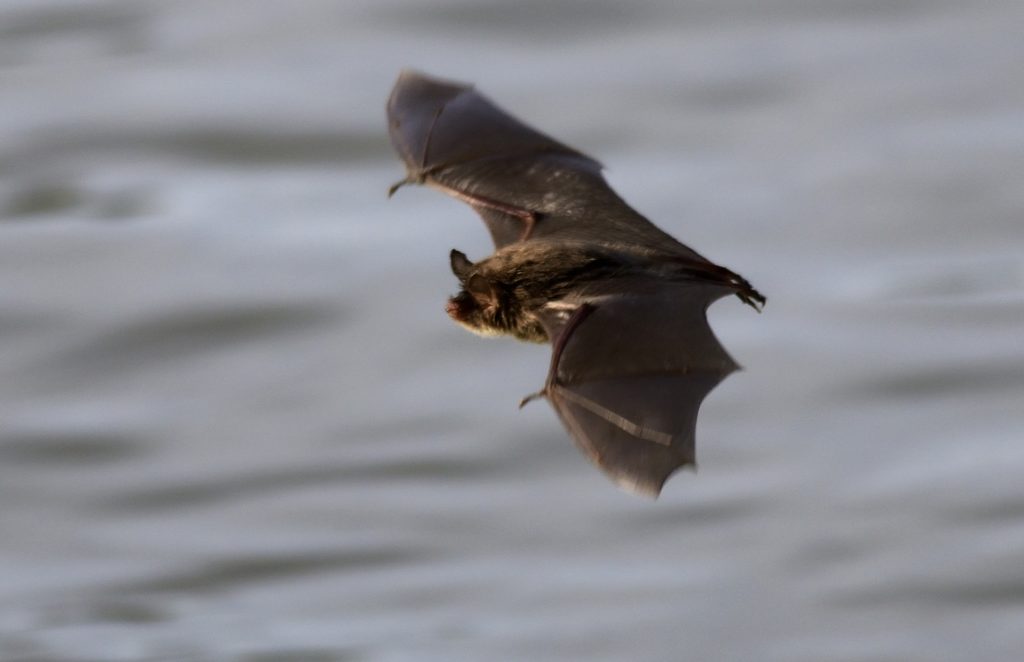Confronting Deadly Fungus Threatening North America’s Bat Population
Battling the Deadly Fungus Threat to North America’s Bat Population
When you think of bats, what comes to mind? Maybe creepy creatures lurking in the shadows, swooping down at night? But did you know that these flying mammals are crucial for our ecosystem? They help control insect populations, pollinate plants, and even disperse seeds. Sadly, North America’s bat population is facing an alarming threat from a deadly fungus. In this article, we’ll take a deep dive into this pressing issue, exploring what’s happening, why it matters, and what we can do about it.
Understanding the Fungal Threat
What’s the Fungus All About?
The fungus that’s causing all this trouble is known as Pseudogymnoascus destructans. It’s the villain behind the devastating disease called white-nose syndrome (WNS), which has been wreaking havoc on bat populations since it was first discovered in New York in 2006. This fungus thrives in cold, damp caves where bats hibernate, causing a unique and troubling condition.
So, what does this fungus do? When infected, bats develop a white fuzz on their noses and wings, which is where the name “white-nose syndrome” comes from. This fungal infection disrupts their hibernation process, leading to increased metabolic rates and causing them to wake up more frequently. As a result, the bats burn through their fat reserves much faster than usual, leading to starvation and death.
The Impact on North America’s Bats
The statistics are downright frightening. Since WNS first appeared, it has killed over 6 million bats across North America. This has had a cascading effect on ecosystems; when bat populations decline, insect populations can explode, leading to increased pest problems for farmers and a loss of biodiversity.
It’s not just specific species that are impacted; a variety of bats, including the little brown bat and the northern long-eared bat, are being pushed closer to extinction. The decline in bat populations is a wake-up call that should resonate with everyone, given how crucial they are to our environment.
Why Should We Care?
The Importance of Bats
Bats perform significant ecological roles that many people underestimate. Let’s break it down:
-
Insect Control: One little brown bat can eat over 1,000 insects in a single night. Imagine what that means for agriculture – fewer pests equals healthier crops.
-
Pollination: Certain species of bats are critical for pollinating plants, including those that produce fruits such as bananas and avocados.
-
Ecosystem Balance: Bats help maintain the balance of ecosystems. When they disappear, other populations can become unchecked, creating imbalances that may ripple through the food chain.
Doesn’t it feel a bit alarming when you realize that losing bats could mean more bugs and less fruit on your table?
The Economic Impact
Beyond ecology, there’s a tangible economic impact too. The U.S. agriculture sector could potentially face billions of dollars in losses due to increased pesticide use and reduced crop yields if bat populations continue to decline. Studies estimate that bats contribute over $3 billion each year in pest control services. That’s not pocket change!
How is the Fungal Threat Addressed?
Ongoing Research and Treatments
Scientists and conservationists are scrambling to manage and mitigate the effects of WNS. Numerous research efforts are in place to understand the fungus better and seek treatments for affected bats. One exciting avenue of exploration is the use of antifungal treatments that could potentially protect bats in their caves.
Researchers have also been conducting field trials to determine the odds of exposing bats to beneficial bacteria that could outcompete the harmful fungus. The idea is to create a sort of protective barrier that prevents Pseudogymnoascus destructans from taking hold in bat populations.
Conservation Efforts
Educational campaigns aimed at conservation are also crucial. Raising awareness about the plight of bats encourages more people to protect their habitats and reduce human-induced threats. Initiatives like creating bat houses, establishing protected caves for hibernation, and habitat restoration are essential parts of the conservation toolkit.
What You Can Do to Help
Feeling a little overwhelmed? Don’t fret. There are plenty of ways you can make a difference. Here are some actionable steps you can take:
-
Educate Yourself and Others: Learn more about bats and WNS. Understanding the issue empowers you to raise awareness within your community.
-
Support Bat Conservation Organizations: Donations to NGOs that focus on bat research and conservation can have a substantial impact.
-
Create Bat-Friendly Habitats: If you have a garden or outdoor space, consider building a bat house to provide shelter for these wonderful creatures.
-
Report Sick Bats: If you encounter a bat that appears sick or is behaving oddly, report it to your local wildlife authorities.
-
Practice Caution in Caves: If you love exploring caves, avoid disturbing bat colonies. Be sure to clean your gear to prevent the spread of the fungus.
Conclusion
Confronting the deadly fungus threatening North America’s bat population is no easy task, but it’s essential for the health of our ecosystems. Bats are vital players in pest control, pollination, and more – and their decline could have significant repercussions on agriculture and biodiversity. With ongoing research, conservation efforts, and individual actions, we can work together to face this challenge head-on. After all, when it comes to protecting our environment, every little bit counts!
FAQs
Q1: What is white-nose syndrome?
A1: White-nose syndrome is a fungal disease caused by Pseudogymnoascus destructans that affects hibernating bats, leading to increased metabolic rates, starvation, and often death.
Q2: How did white-nose syndrome spread?
A2: The syndrome likely spread through bats moving between caves and human activity, as the fungus can be transported by gear and clothing.
Q3: Are all bat species affected by the fungus?
A3: Not all species are equally affected, but many, including the little brown bat and the northern long-eared bat, have seen significant declines in their populations due to WNS.
Q4: How can I help bats in my area?
A4: You can help by educating yourself and others, supporting bat conservation efforts, and creating bat-friendly habitats.
Q5: What kind of research is being done to combat WNS?
A5: Researchers are working on antifungal treatments and exploring the use of beneficial bacteria to outcompete the harmful fungus, as well as studying bat behavior and ecology to better understand the disease.







